

— Blogs —
—Products—
 Consumer hotline +8618073152920
Consumer hotline +8618073152920 WhatsApp:+8615367865107
Address:Room 102, District D, Houhu Industrial Park, Yuelu District, Changsha City, Hunan Province, China
Product knowledge
Time:2023-12-13 14:48:01 Popularity:5896
Weather sensor is a device used to measure and monitor meteorological elements such as temperature, humidity, barometric pressure, wind speed and direction. They are usually installed on weather stations, weather satellites, airplanes, ships and other weather observation platforms.
The primary purpose of weather sensors is to collect and record data on atmospheric conditions in order to better understand and predict weather changes. Here are some reasons why weather sensors are needed:
1. Weather forecasting: Meteorological sensors provide real-time meteorological data that is necessary to make accurate weather forecasts. By collecting information on atmospheric elements, weather forecasters are able to analyze weather patterns and generate accurate forecasts.
2. Disaster monitoring and early warning: Meteorological sensors help monitor extreme weather events such as storms, tornadoes, floods and blizzards. Timely availability of such information allows for early warning so that people can take appropriate protective measures.
3. Agriculture and rural development: Meteorological sensors can provide information on soil moisture, precipitation and temperature, which is crucial for agricultural production and rural development. Farmers and agricultural professionals can use this data to plan planting, manage water resources and protect crops.
4. Aviation and maritime safety: Meteorological sensors play an important role in aviation and maritime applications. They provide data on wind speed, direction, atmospheric pressure and visibility to ensure the safety of pilots and crews and to help plan flight and navigation routes.
5. Climate research: Data from meteorological sensors are important for the study of climate change and climate patterns. By observing various elements in the atmosphere, scientists can better understand the climate system and predict future climate trends.
In short, weather sensors are designed to collect and monitor data on weather elements to provide accurate weather forecasts, disaster warnings, agricultural development, aviation and maritime safety, and climate research support.
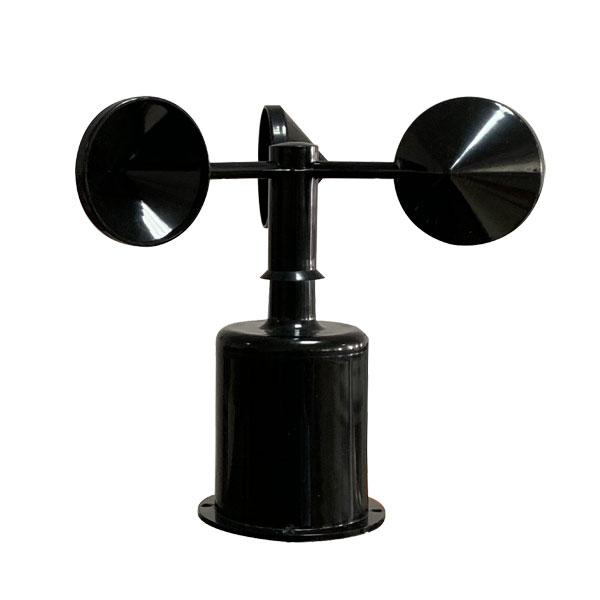 | 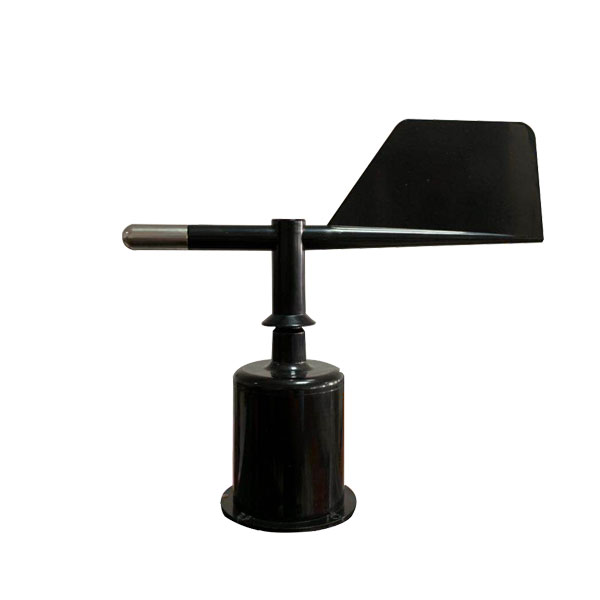 | 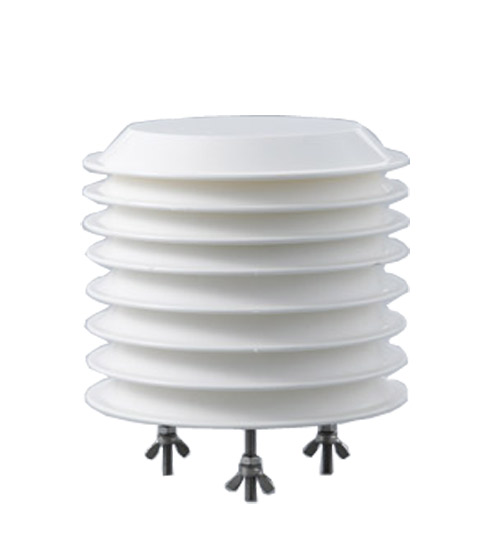 | 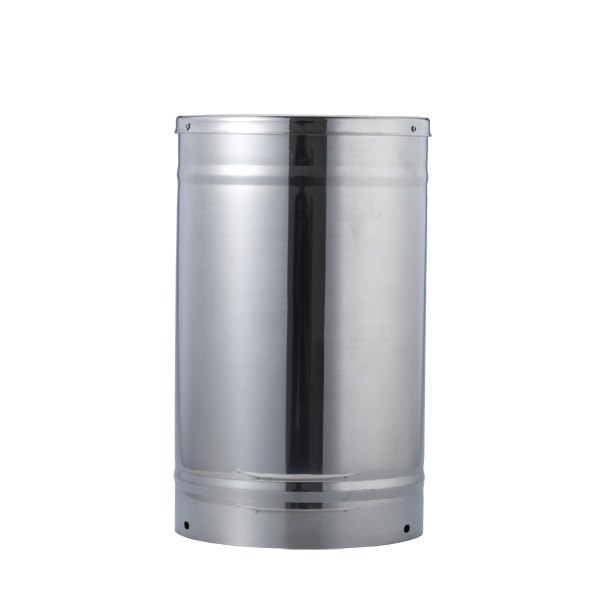 | 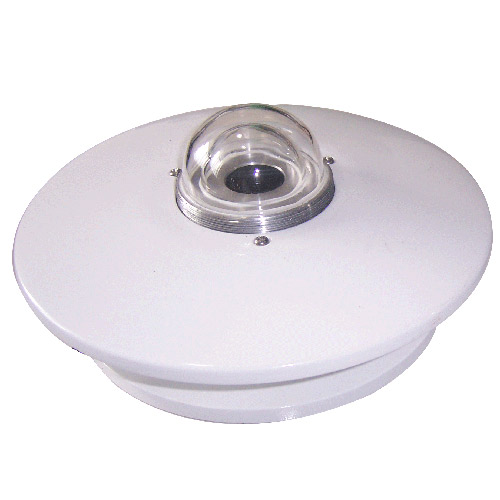 |
| Wind Speed sensor | Wind direction sensor | Atmospheric Temperature Humidity air pressure Sensor | Tipping bucket rain gauge sensor | Solar Radiation Sensor |
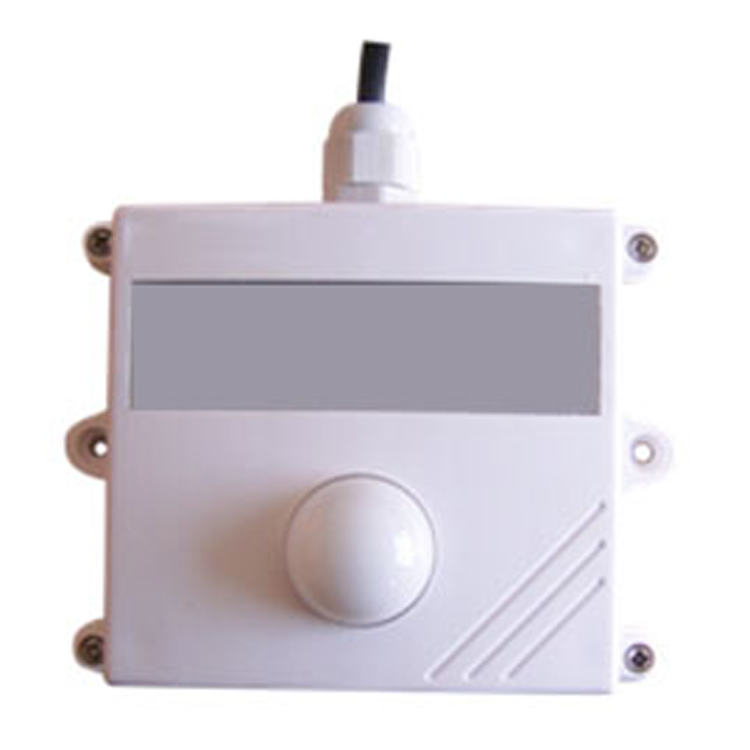 | 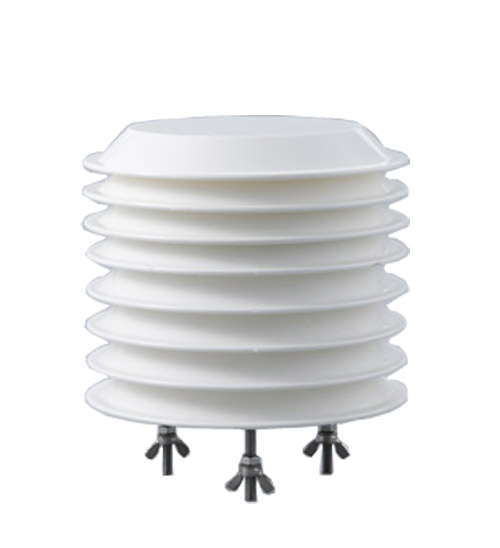 | 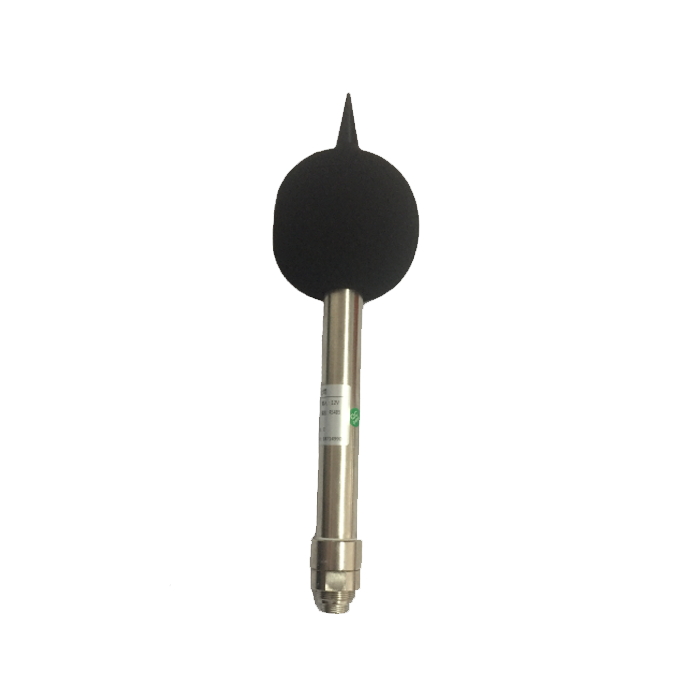 | 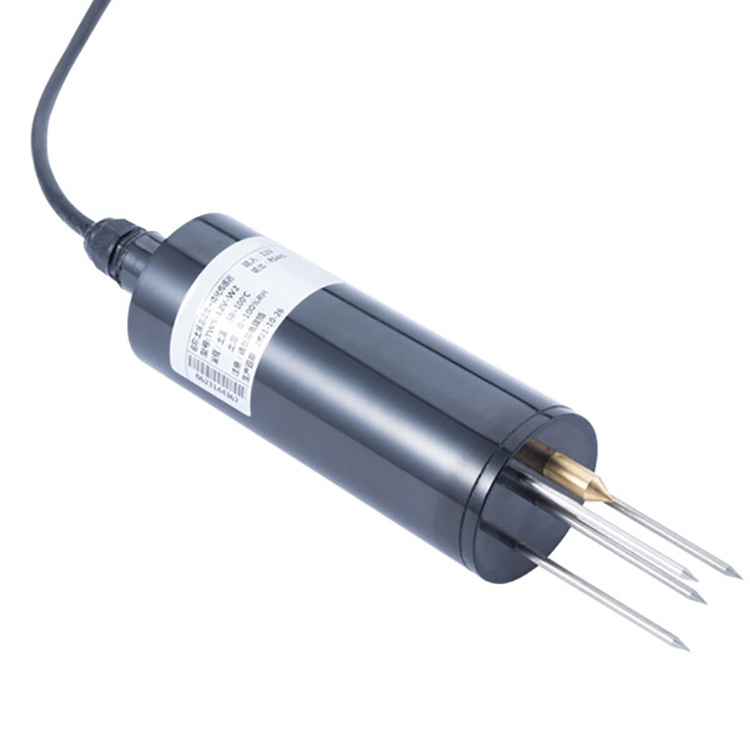 |  |
| illumination sensor | CO2 sensor | Noise measurement sensor | Soil Moisture Temperature sensor | PM2.5 and PM10 sensors |
1.Atmospheric Temperature, Humidity and Pressure Sensors
Temperature, humidity and atmospheric pressure sensors are among the common weather sensors that measure and monitor key weather elements in the atmosphere. The following is a brief description of them:
1.1 Temperature Sensors: Temperature sensors are used to measure the temperature in the atmosphere. They can use different technologies such as thermocouples or thermistors to convert temperature changes into electrical signals. Temperature sensors are widely used in weather stations, weather satellites, and other weather observation equipment.
1.2 Humidity Sensors: Humidity sensors are used to measure the humidity or water vapor content of the atmosphere. They can measure humidity using techniques such as hygroscopic agents, capacitors, resistors or piezoelectric elements. Humidity sensors are important for applications such as predicting precipitation, determining cloud formation, and agricultural irrigation.
1.3 Atmospheric Pressure Sensors: Atmospheric pressure sensors are used to measure air pressure or atmospheric pressure in the atmosphere. They typically use piezoresistive or piezoelectric sensors to measure changes in air pressure. Atmospheric pressure sensors are very crucial in weather forecasting, climate research, and aeronautics, among others.
Data from these sensors can be transmitted wirelessly or wired to weather observation stations, data loggers or other data processing equipment for analysis, research and forecasting. Together, they provide accurate measurements of atmospheric conditions and provide the basic data for weather forecasting, climate research and other related applications.
Wind speed sensors are used to measure the wind speed in the atmosphere and are an important component of weather sensors. The following is a brief introduction to wind speed sensors:
The main function of wind speed sensors is to measure the wind speed in the atmosphere and convert it into an electrical signal. They can use different techniques for this purpose, including rotating, ultrasonic and hot-wire sensors, among others.
2.1. Rotating wind speed sensors: This type of sensor usually has a rotating rod or vane that rotates as the wind blows. By measuring the speed of rotation or the angle of rotation, the wind speed can be calculated. Rotating wind speed sensors are commonly used in applications such as weather stations and wind farms.
2.2. Ultrasonic wind speed sensors: These sensors use ultrasonic technology to measure wind speed. They calculate the wind speed by sending ultrasonic signals and measuring the propagation time and direction of the signal. Ultrasonic wind sensors are characterized by high accuracy and fast response and are widely used in aviation, meteorology and marine applications.
2.3. Hot wire wind speed sensors: These sensors utilize the heat dissipation capability of hot wires to measure wind speed. They usually contain one or more heating wires, and when the wind blows, the wind speed is calculated by measuring the degree of cooling of the heating wires. Hot-wire wind speed sensors are widely used in areas such as weather stations and air conditioning systems.
Data from wind speed sensors can be used in conjunction with measurements of other meteorological elements, such as temperature, humidity and atmospheric pressure, to provide more comprehensive weather information. These data are important for weather forecasting, climate research, air navigation and wind energy utilization.
Wind direction sensors are used to measure the direction of the wind and are an important part of weather sensors. The following is a brief introduction to wind direction sensors:
The main function of wind direction sensors is to measure the direction of wind in the atmosphere and convert it into a corresponding electrical signal. They usually use different technologies and designs to achieve this purpose.
3.1. Directional wind direction sensors: this type of sensor has a rotating or pointing structure that indicates the specific direction of the wind. The sensor usually has a wind vane or arrow that moves as the direction of the wind changes. The direction of the wind can be determined by the rotation angle or pointing position of the sensor. Pointing wind sensors are commonly used in applications such as weather stations and aviation.
3.2. Magnetic Wind Direction Sensors: These sensors utilize a magnetic element to measure the direction of the wind. They usually contain one or more magnetic sensors that are affected by a magnetic field and change when the wind blows. By measuring the change in the magnetic sensors, the direction of the wind can be determined. Magnetic wind direction sensors are widely used in fields such as weather stations and navigation systems.
3.3. Photoelectric Wind direction sensors: these sensors utilize the photoelectric effect to measure the direction of the wind. They usually contain a light source and a photosensitive element. When the wind blows, the angle of incidence of the light changes, which in turn affects the output signal of the photosensitive element. By measuring the change in the photosensitive element, the direction of the wind can be determined. Photoelectric wind direction sensors are widely used in fields such as weather stations and air navigation.
Data from wind direction sensors can be used in conjunction with measurements of other meteorological elements, such as wind speed, temperature, and humidity, to provide more comprehensive meteorological information. These data are important for weather forecasting, climate research, air navigation and wind energy utilization.
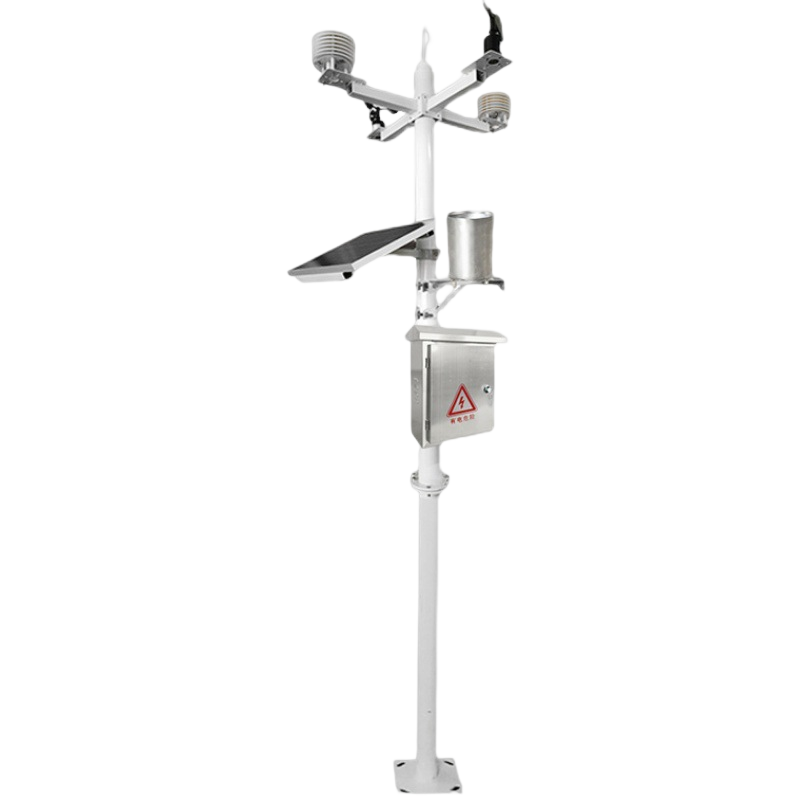
4. PM2.5 Sensor
A PM2.5 sensor is a sensor used to measure the concentration of PM2.5 particulate matter in the air. PM2.5 refers to suspended particulate matter in the atmosphere with a diameter less than or equal to 2.5 micrometers. These particles are harmful to health as they can penetrate deep into the respiratory tract and cause damage to the body.
The operating principle of PM2.5 sensors usually involves techniques such as light scattering, laser scattering, or charge-coupled devices. When airborne particles pass through the sensor, the sensor measures the concentration of the particles and converts it into an electrical signal output.
These sensors are commonly used in environmental monitoring, air quality monitoring stations, indoor air quality monitoring devices, and personal health tracking devices. They help people understand the level of PM2.5 pollution in their surroundings and help take steps to improve air quality and protect health. In some regions, governments also use PM2.5 sensors to monitor air pollution levels and adopt environmental policies based on the results.
It is important to note that while PM2.5 sensors are very useful for monitoring air quality, they need to be selected and used to ensure their accuracy and reliability, as well as to follow relevant standards and regulations.
5. Noise Sensors
Noise sensors are sensors that are used to measure noise levels in the environment. They are usually installed in different locations such as city streets, factory perimeters, offices, residential areas, etc. for monitoring and assessing noise pollution levels.
Noise sensors can work using different techniques, including sound pressure level (dB) measurement, sound spectrum analysis, and so on. The sensors collect sound signals from the environment and convert them into a corresponding electrical signal output.
These sensors can provide real-time noise level data to help people understand the noise situation in their surroundings. This is very important for urban planning, environmental monitoring, traffic management, workplace safety, etc.
Noise sensors are widely used in various fields, such as urban noise monitoring systems, traffic management systems, industrial fields, medical equipment, audio equipment, and so on. They can help governments and related organizations formulate noise control strategies and policies, improve the quality of life of residents, protect workplace safety, and provide basic data for environmental protection and urban planning.
When selecting and using noise sensors, it is necessary to ensure their accuracy, sensitivity and reliability, and to follow relevant standards and specifications. In addition, the installation location of the sensor is also important, and a suitable location should be selected according to specific needs to obtain accurate measurement results.
Carbon dioxide (CO2) sensors are sensors used to detect and measure the concentration of CO2 in the environment. These sensors are commonly used to monitor indoor air quality, especially inside offices, schools, factories and other buildings.
The operating principle of CO2 sensors usually involves either infrared absorption technology or chemical sensor technology. Infrared absorption technology utilizes the absorption of specific wavelengths of infrared light by CO2 molecules to measure CO2 concentration. Chemical sensors, on the other hand, utilize chemical reactions to detect changes in CO2 concentration. These sensors can provide real-time CO2 concentration data to help monitor indoor air quality and take appropriate control measures.
Applications for CO2 sensors include, but are not limited to, the following:
1. Indoor air quality monitoring: In offices, schools, hospitals and other indoor environments, CO2 sensors can help monitor the concentration of CO2 in indoor air to assess air quality and provide ventilation control recommendations.
2. Greenhouse gas monitoring: In greenhouses and growing sheds, CO2 sensors can be used to monitor CO2 concentrations and help optimize plant growth conditions.
3. industrial process control: In industrial production processes, CO2 sensors can be used to monitor CO2 emissions and assist in environmental protection and process control.
When selecting and using CO2 sensors, it is important to consider the sensor's accuracy, response time, stability, and suitability for use in specific environmental conditions. The choice of mounting location is also important to ensure that the sensor accurately reflects the CO2 concentration in the area to be monitored. Also, regular maintenance and calibration of the sensor is a critical step in ensuring data accuracy.
7. Illuminance Sensors
Illuminance sensors are sensors that measure the intensity of light in the environment. They are commonly used in applications such as indoor and outdoor lighting control, agricultural light management, building design, and environmental monitoring.
The principle of operation of illuminance sensors usually involves photosensitive elements such as photoresistors, photodiodes, or photosensitive capacitors. These elements are very sensitive to changes in light intensity, and when the light intensity changes, their resistance, current or capacitance values change accordingly. By measuring and converting these changes, the sensor can provide accurate light level data.
Applications for light level sensors include, but are not limited to, the following:
1. Indoor lighting control: Illuminance sensors can be used to automatically adjust the brightness of indoor lighting systems to achieve energy savings and comfort based on changes in ambient light.
2. Agricultural light management: In agricultural environments such as greenhouses and plant factories, illuminance sensors can help monitor light intensity and promote plant growth by providing light control according to plant needs.
3. building design and energy saving: by measuring the light intensity inside and outside the building, illuminance sensors can provide data support to help optimize building design and indoor lighting layout to achieve energy saving.
4. Environmental monitoring: Illuminance sensors can be used to monitor light conditions in public places, city streets and other environments, providing data for urban planning and security monitoring.
When selecting and using light level sensors, it is necessary to consider the accuracy of the sensor, response time, measurement range and sensitivity applicable to different light conditions. The choice of mounting location is also important to ensure that the sensor accurately reflects the light levels in the area to be monitored. Also, regular calibration and maintenance of the sensor is a critical step in ensuring data accuracy.
8. Soil temperature and moisture sensor
Soil temperature and moisture sensors are sensors used to measure the temperature and moisture in the soil. They are commonly used in fields such as agriculture, horticulture and environmental monitoring to monitor the moisture and temperature status of the soil for proper irrigation and plant growth management.
The working principle of soil temperature and moisture sensors can be realized in various ways. Some of the commonly used techniques include resistive and capacitive sensors.
8.1. Resistive Sensors: Resistive soil temperature and humidity sensors estimate the moisture condition of the soil by measuring the change in electrical resistance in the soil. As soil moisture increases, the conductivity of the soil increases, resulting in a decrease in the resistance measured by the sensor.
8.2. Capacitive Sensors: Capacitive soil temperature and moisture sensors utilize changes in the dielectric constant in the soil to measure soil moisture. When soil moisture increases, the dielectric constant of the soil increases, resulting in an increase in the capacitance value measured by the sensor.
The main applications of soil temperature and moisture sensors include:
1. Agricultural irrigation: By monitoring the soil's moisture condition, soil temperature and humidity sensors can help farmers determine the timing and amount of water for irrigation, realizing rational water use and water conservation.
2. Plant growth management: Soil temperature and humidity sensors can provide the temperature and humidity data required by the plant root system, helping to optimize the plant growth environment and fertilization programs.
3. Soil quality monitoring: By monitoring changes in soil moisture and temperature, soil temperature and humidity sensors can assess soil quality and detect anomalies in the soil, such as too much or too little water.
When selecting and using soil temperature and humidity sensors, several factors need to be considered: sensor accuracy, response time, range of application, durability, and ease of installation and maintenance. In addition, different plants and soil types may require different sensor characteristics and installation depths, so the selection of a sensor should be evaluated based on specific needs.
Soil pH sensors are sensors used to measure the acidity or alkalinity (pH) of soil. They are commonly used in areas such as agriculture, horticulture and soil quality monitoring to assess the acidity or alkalinity of soil for proper soil conditioning and plant growth management.
The operating principle of soil pH sensors can be realized in a number of ways. Some of the common techniques include glass electrode and conductivity methods.
1. Glass Electrode: The glass electrode is an electrochemically based sensor that determines the pH of the soil by measuring the concentration of hydrogen ions in the soil. When the soil is acidic, the concentration of hydrogen ions in the soil is high and the glass electrode produces a corresponding electrical signal. By measuring the change in the electrical signal, the pH value of the soil can be derived.
2. Conductivity method: The conductivity method is also one of the more common methods of measuring soil pH. It utilizes the electrolyte concentration and electrical conductivity in the soil to estimate the pH of the soil. By measuring the conductivity or resistance in the soil, the acidity or alkalinity of the soil can be inferred and the pH value can be calculated accordingly.
The applications of soil pH sensors mainly include:
1. Agricultural regulation: soil pH is one of the important factors affecting plant growth and nutrient uptake. By monitoring soil pH, farmers can regulate soil acidity and alkalinity according to the needs of different crops, thus improving the efficiency of plant growth and yield.
2. Soil amendment: Knowing the pH of the soil can help in deciding on suitable soil amendment measures. For example, adding lime to acidic soil to neutralize the soil and improve the efficiency of nutrient utilization.
3. Environmental monitoring: Soil pH can also be used to assess soil quality and environmental pollution. In environmental monitoring, soil pH sensors can help detect problems such as acidic deposition and pollutant infiltration, providing data support for environmental protection and soil conservation.
When selecting and using soil pH sensors, the accuracy, response time, durability, and compatibility with other soil parameter measuring equipment need to be considered. Also, regular calibration and maintenance of the sensor is a critical step to ensure data accuracy.
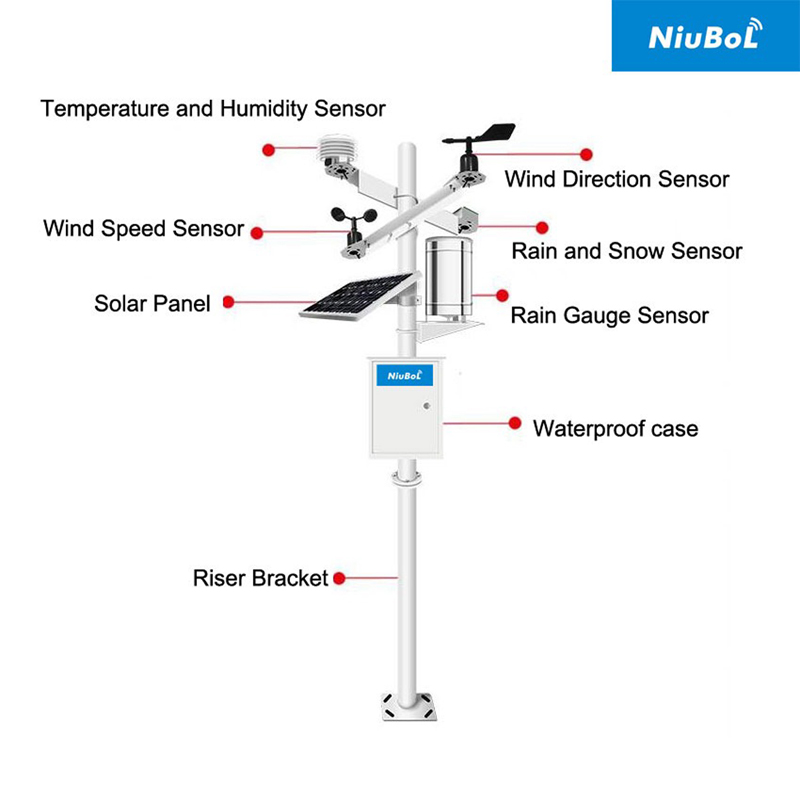
Solar Radiation Sensors are sensors that measure the sun's ability to emit radiation, and they are commonly used in fields such as meteorology, environmental monitoring, and renewable energy.
The principle of operation of solar radiation sensors usually involves photosensitive elements such as silicon photocells or thermocouples. These elements are very sensitive to the sun's radiative power, and when the sun's rays hit the surface of the element, it produces a current or temperature change. By measuring and converting these changes, the sensor can provide accurate solar radiation data.
Applications for solar radiation sensors include, but are not limited to, the following:
1. meteorological monitoring: solar radiation sensors can be used to measure the intensity of solar radiation and the intensity of ultraviolet radiation, helping meteorologists to predict weather changes and climate trends.
2. Renewable energy: solar radiation sensors can be used to monitor the sun's radiation capacity to provide data support for equipment such as solar panels or solar water heaters to achieve more efficient use of solar energy.
3. Environmental monitoring: solar radiation sensors can be used to monitor solar radiation in the environment, providing data for urban planning and security monitoring. For example, they can be used to measure the heat island effect in different areas of a city.
4. Building design: Solar radiation sensors can help architects determine the orientation and window design of buildings to maximize the use of natural light and heat.
When selecting and using solar radiation sensors, one needs to consider the sensor's accuracy, response time, measurement range, and sensitivity for different solar radiation conditions. The choice of mounting location is also important to ensure that the sensor accurately reflects the solar radiation conditions in the area to be monitored. At the same time, regular calibration and maintenance of the sensors is a critical step in ensuring the accuracy of the data.
Related recommendations
Sensors & Weather Stations Catalog
Agriculture Sensors and Weather Stations Catalog-NiuBoL.pdf
Weather Stations Catalog-NiuBoL.pdf
Related products
 Combined air temperature and relative humidity sensor
Combined air temperature and relative humidity sensor Soil Moisture Temperature sensor for irrigation
Soil Moisture Temperature sensor for irrigation Soil pH sensor RS485 soil Testing instrument soil ph meter for agriculture
Soil pH sensor RS485 soil Testing instrument soil ph meter for agriculture Wind Speed sensor Output Modbus/RS485/Analog/0-5V/4-20mA
Wind Speed sensor Output Modbus/RS485/Analog/0-5V/4-20mA Tipping bucket rain gauge for weather monitoring auto rainfall sensor RS485/Outdoor/stainless steel
Tipping bucket rain gauge for weather monitoring auto rainfall sensor RS485/Outdoor/stainless steel Pyranometer Solar Radiation Sensor 4-20mA/RS485
Pyranometer Solar Radiation Sensor 4-20mA/RS485
Screenshot, WhatsApp to identify the QR code
WhatsApp number:+8615367865107
(Click on WhatsApp to copy and add friends)
